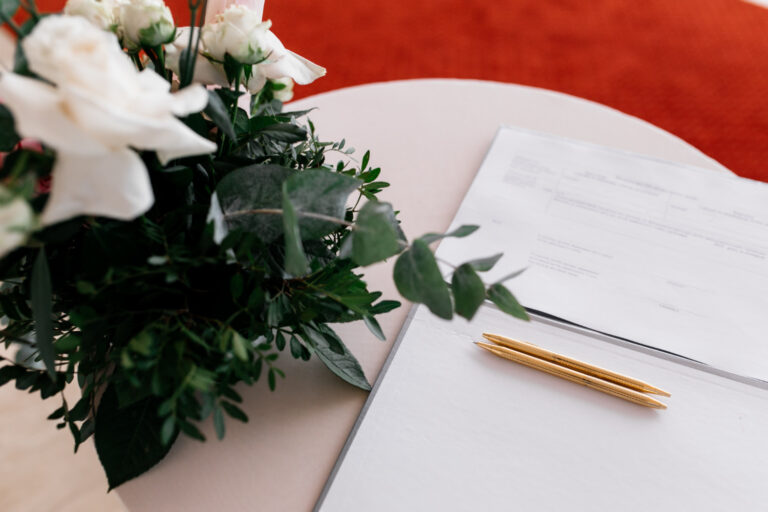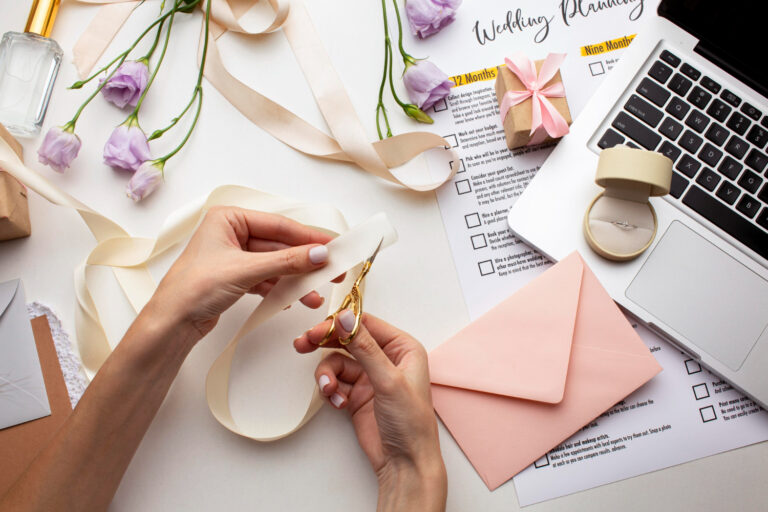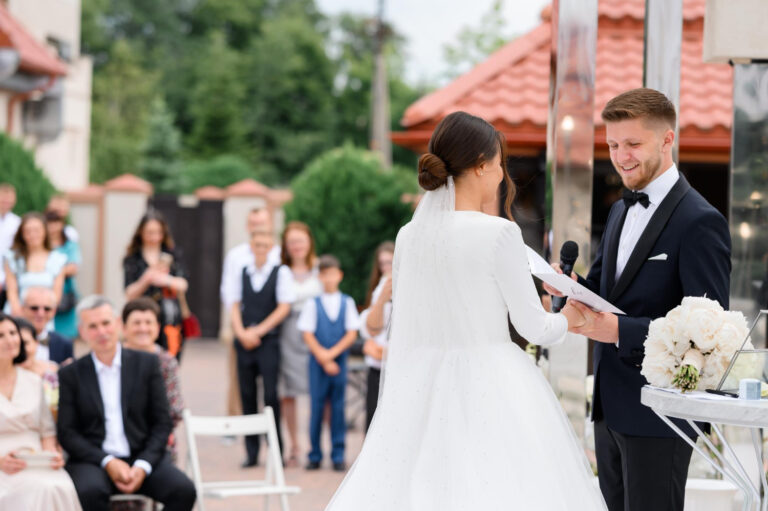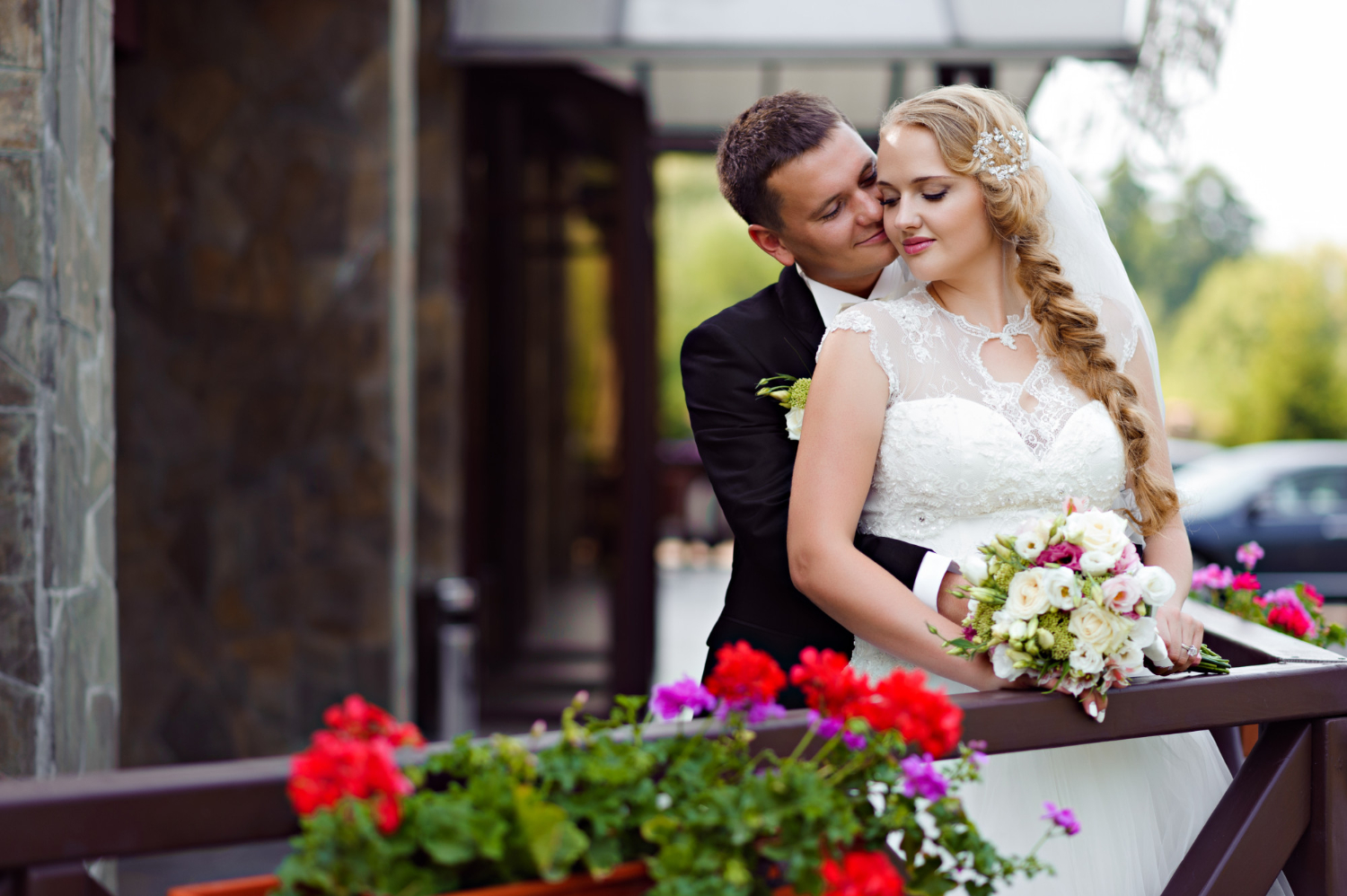
Flowers are an important component of wedding planning. They can be utilized in a variety of ways, from the bridal bouquet to centerpieces on the reception tables, and they can help establish the mood for the entire event. But who exactly gets flowers at a wedding?
In this post, we’ll look in more detail at the various persons and settings that can employ flowers during a wedding ceremony and reception.
Bride and Bridesmaids
The bride and her bridesmaids are the most obvious recipients of wedding flowers. The bride’s bouquet is perhaps the most important arrangement of flowers at the wedding. It is often the focal point of the wedding flowers, and it is a significant accessory for the bride.
The bouquet’s design and size will be determined by the bride’s personal preferences, the wedding’s theme, and the time of year.
Bridesmaids typically also carry bouquets, which are usually smaller than the bride’s bouquet but still coordinate with the overall wedding flowers. Depending on the girls’ dresses and the wedding’s color scheme, the bridesmaids’ bouquets’ color and style may change.
Groom and Groomsmen
Although not as common, the groom and groomsmen may also wear boutonnieres, which are small flower arrangements that are pinned to their lapels. The boutonniere is typically made from a single flower, often a rose, and it should coordinate with the wedding flowers.
Parents and Grandparents
It is customary to provide corsages and boutonnieres for the parents and grandparents of the bride and groom. The mother and grandmother of the bride and groom are typically the ones to wear the corsage. The father and grandpa of the bride and groom are typically the ones to wear the boutonniere.
These arrangements are often made from the same flowers as the bridal bouquet and groom’s boutonniere to coordinate with the overall wedding flowers.
Flower Girls and Ring Bearers
The flower girl and ring bearer may also have flowers incorporated into their attire. The flower girl may carry a basket of flower petals or a small bouquet, while the ring bearer may carry a ring pillow with a small boutonniere attached.
Ceremony Location
The ceremony location is another place where flowers can be incorporated into a wedding. Flowers may be used to decorate the altar, the pews, or the aisle. The ceremony flowers should complement the overall wedding theme and color scheme. Before arranging any arrangements, it is important to verify with the venue coordinator as there may be limitations on the use of flowers depending on the wedding site.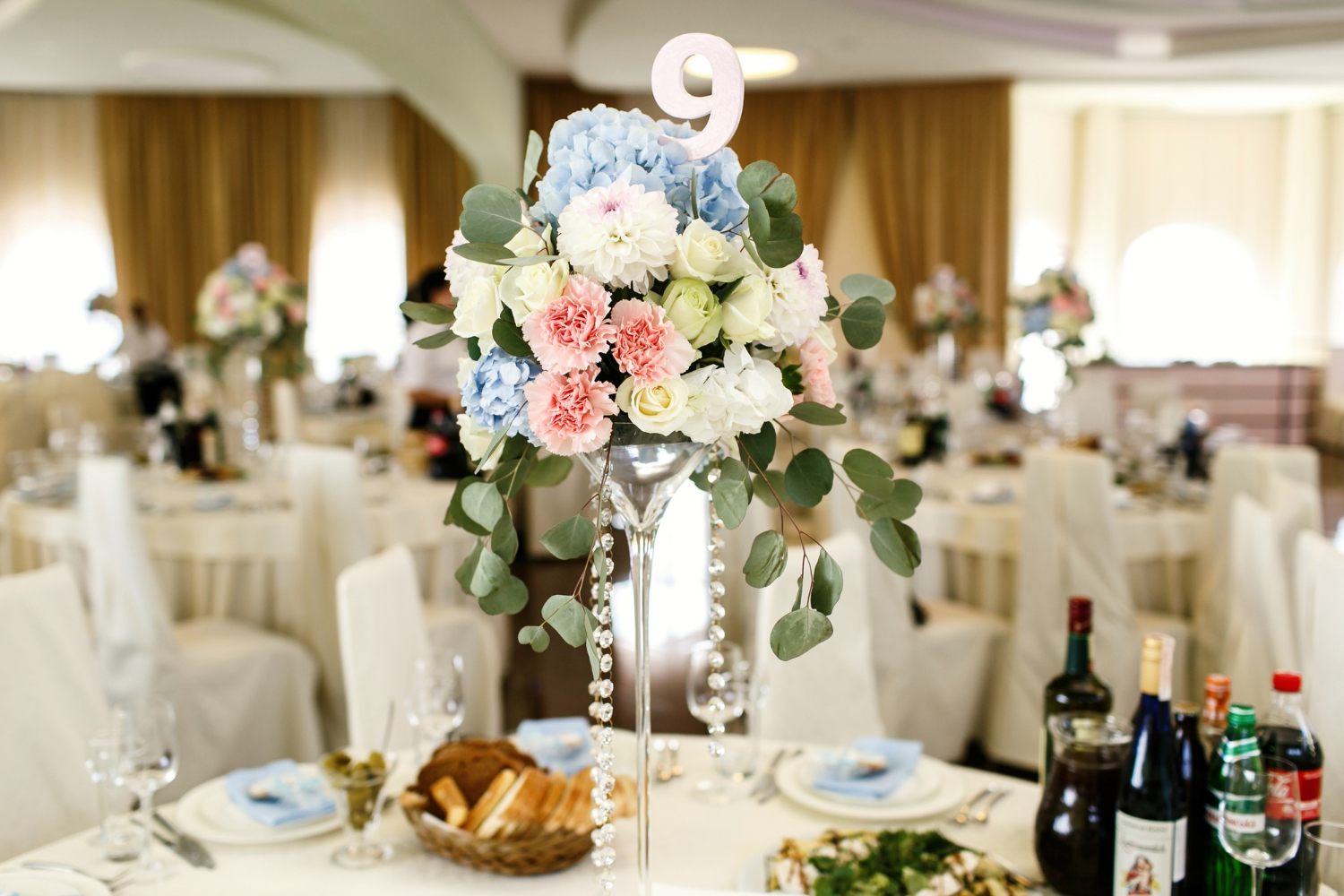
Reception Location
The reception location is another place where flowers can make a significant impact. The reception flowers may include centerpieces, floral arrangements on the guest tables, and flowers on the cake table. The flowers should coordinate with the overall wedding theme and color scheme. The type of flowers used may also depend on the season and the availability of flowers.
Other Considerations
When deciding who gets flowers at a wedding, it is essential to consider any additional wedding party members and family members. For example, if the bride or groom has a godparent or close family friend who played a significant role in their lives, they may want to provide them with a corsage or boutonniere.
It is also essential to consider the wedding budget when deciding who gets flowers at a wedding. Wedding flowers can be expensive, so it may be necessary to prioritize who receives flowers based on the budget. For example, if the budget is tight, the flower girl may not receive a bouquet.
Final Thoughts
There are several people and places where flowers can be used during a wedding ceremony and reception. The bride and bridesmaids, groom and groomsmen, parents, grandparents, flower girls, and ring bearers are all common recipients of wedding flowers. Additionally, flowers may be used to decorate the ceremony location and reception location, including centerpieces, floral arrangements on guest tables, and flowers on the cake table.
When deciding who gets flowers at a wedding, it is essential to consider the wedding budget and prioritize based on the available resources. It is also important to consider any additional wedding party members and family members who may want to be included in the wedding flower arrangements.
Overall, wedding flowers are a beautiful and essential element in creating the perfect wedding day. They can help set the tone for the entire event and add to the overall ambiance and beauty of the ceremony and reception. By carefully considering who gets flowers at a wedding and coordinating with the wedding theme and color scheme, the bride and groom can create a memorable and stunning wedding day that they will cherish for years to come.
